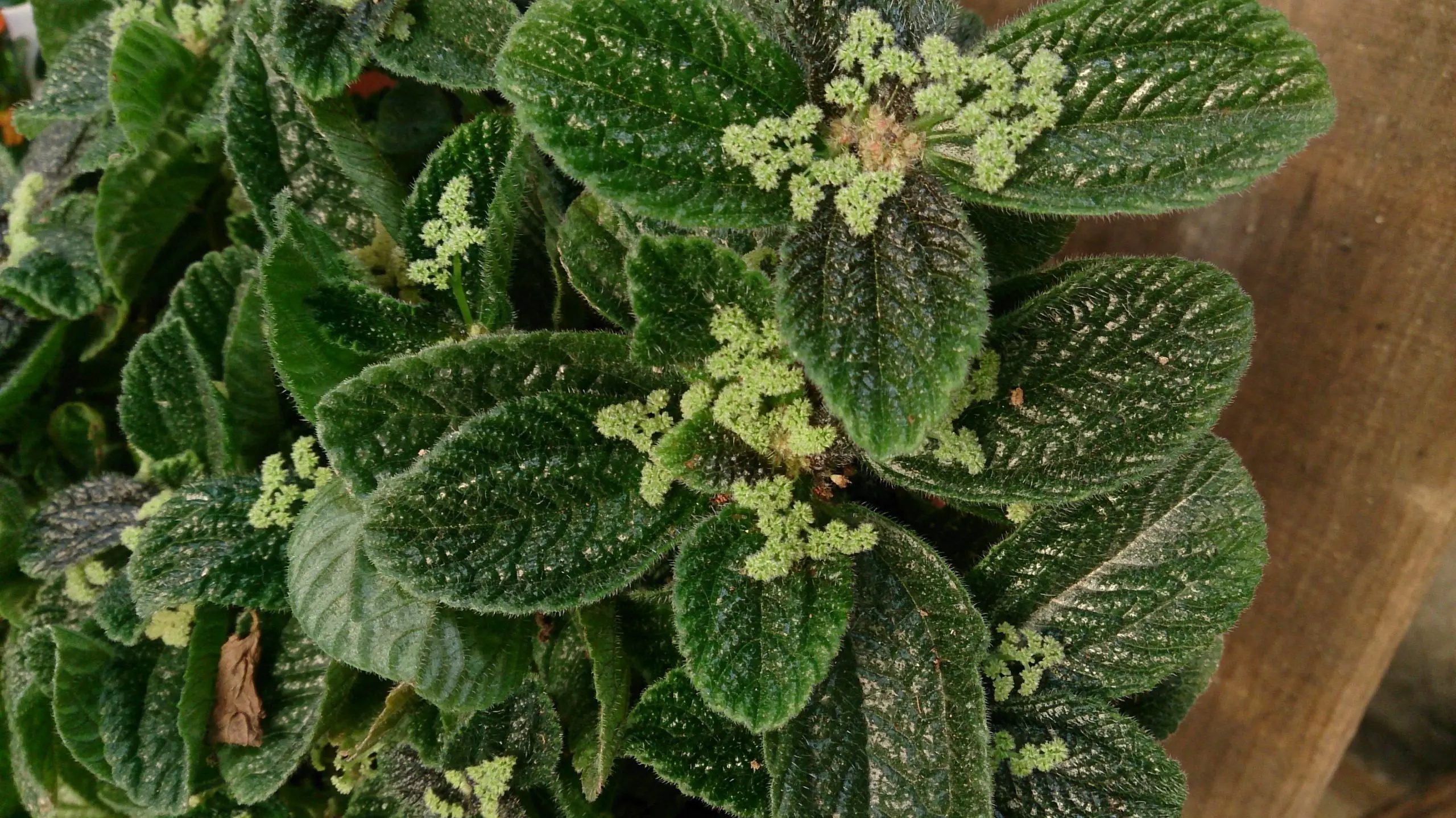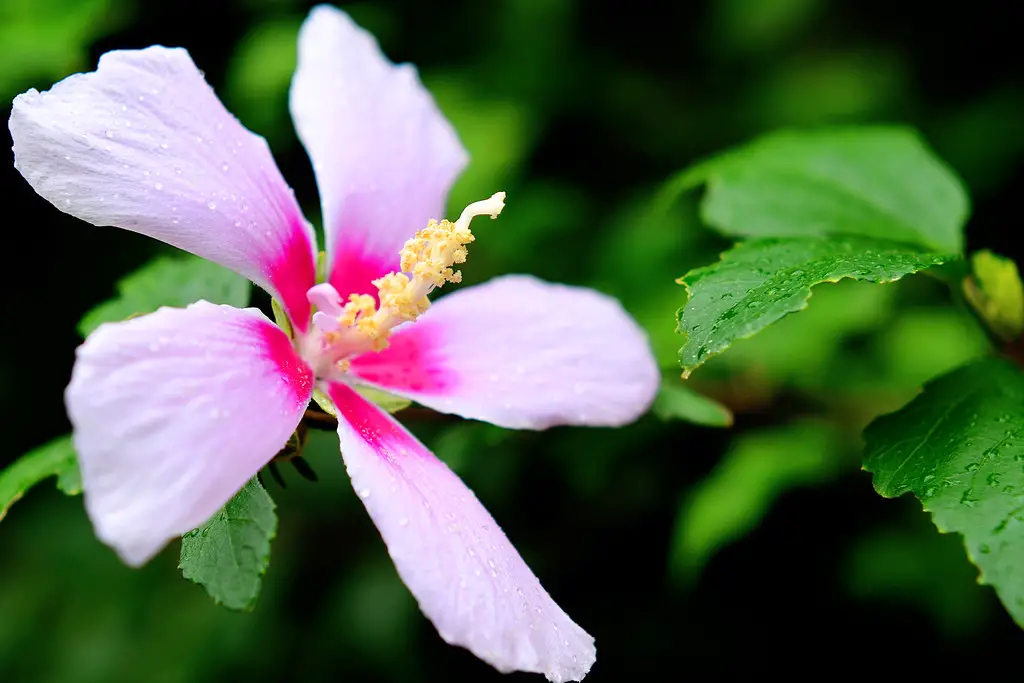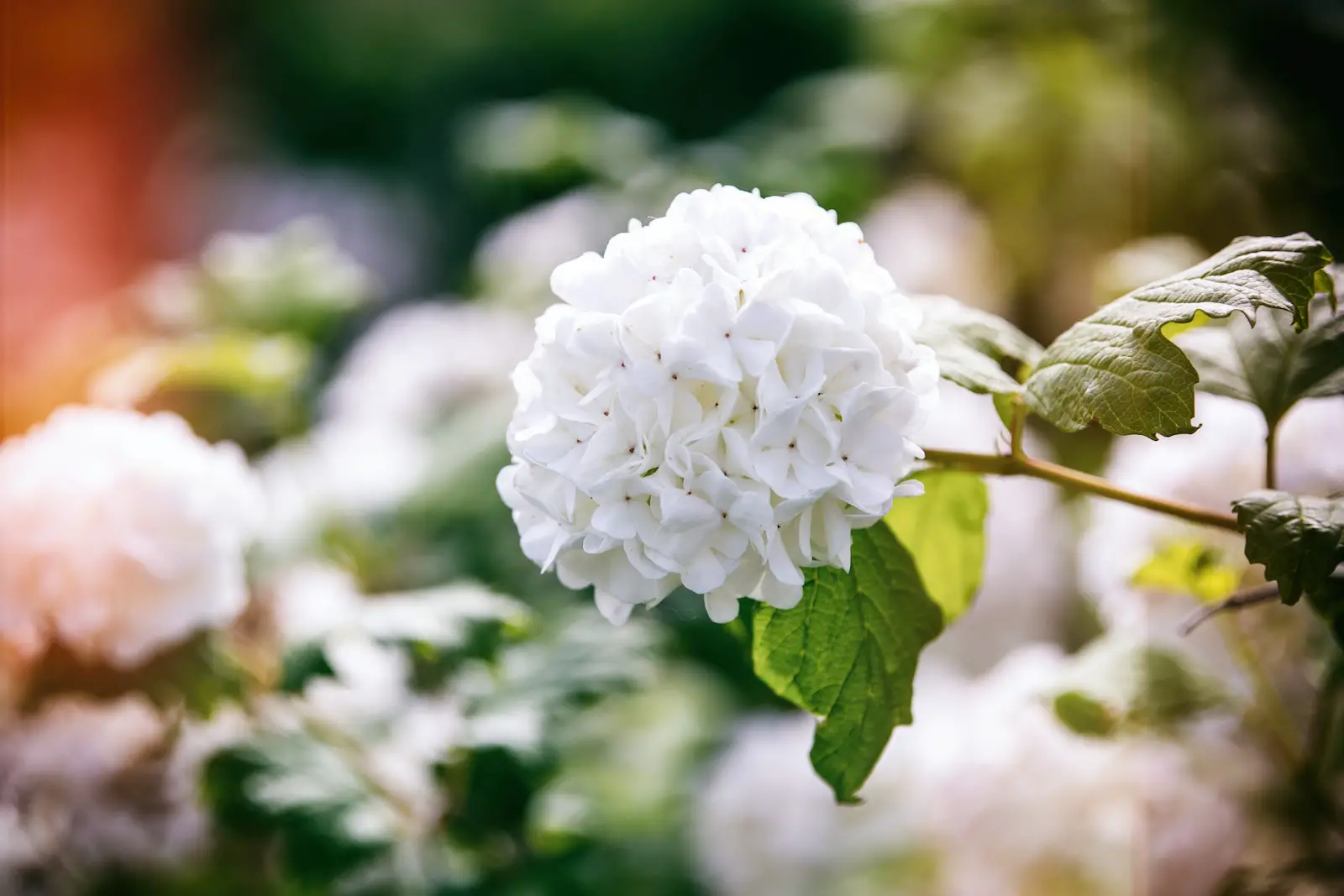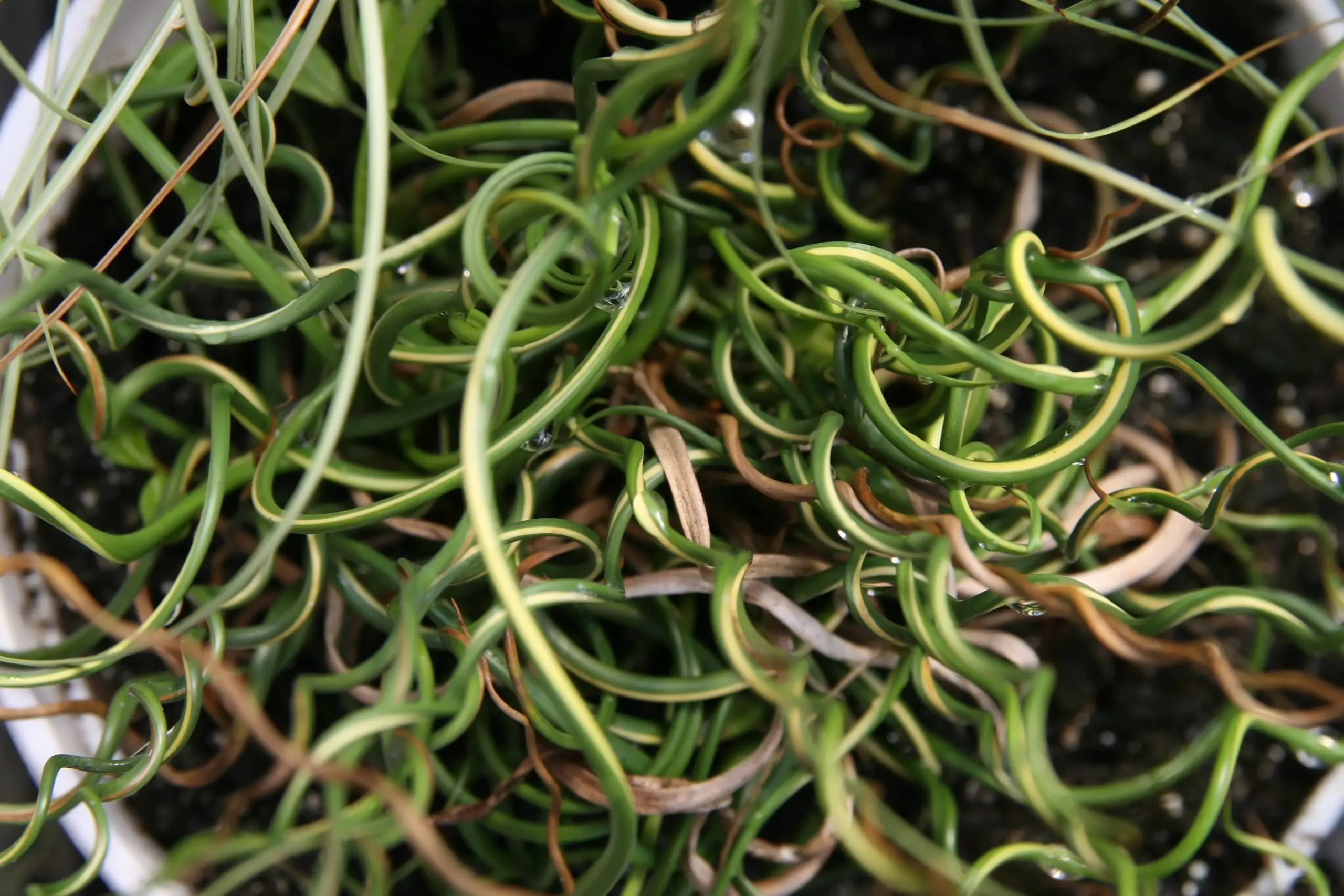The Friendship Plant, as friendly as its name suggests, is a delightful houseplant known for its vibrant green leaves and appealing texture. Its botanical name is Pilea involucrata, and it belongs to the Urticaceae family. Originating in Central and South America, the Friendship Plant is often shared among friends, hence its common name.
The textured, quilted leaves are often tinged with red or pink, giving the plant a unique and attractive appearance. It’s a favorite choice for terrariums due to its compact size and the tropical feeling it brings to any setting.
Being relatively easy to care for, the Friendship Plant is perfect for those new to gardening or those who want an attractive yet low-maintenance houseplant. It adds a lush, green vibe to any interior and can grow happily with minimal fuss.
| Attribute | Details |
|---|---|
| Common Names | Friendship Plant, Panamiga, Moon Valley Pilea |
| Botanical Name | Pilea involucrata |
| Family | Urticaceae |
| Plant Type | Perennial |
| Mature Size | 12 inches in height and width |
| Sun Exposure | Partial shade |
| Soil Type | Well-drained, humus-rich soil |
| Hardiness Zones | 11 |
| Native Area | Central and South America |
Friendship Plant Care
Caring for the Friendship Plant is relatively straightforward, making it a good choice for beginners. It requires a consistent but moderate level of care, thriving in indirect sunlight and well-drained soil. Regular watering and occasional feeding will keep it healthy and happy.
Indoor gardeners should pay attention to humidity levels as this plant loves a more tropical environment. Mist it regularly or use a humidifier to mimic its native habitat, and you’ll be rewarded with a lush and vibrant Friendship Plant.
Light Requirement for Friendship Plant
The Friendship Plant prefers bright but indirect sunlight. Too much direct sunlight can scorch its delicate leaves, while too little light can lead to leggy growth. Place it in a spot where it will receive filtered light for the best results.
Soil Requirements for Friendship Plant
A well-drained, humus-rich soil with a slightly acidic to neutral pH is ideal for the Friendship Plant. Regular potting mix blended with a bit of peat moss or perlite will provide the right consistency and nutrients.
Water Requirements for Friendship Plant
Water the Friendship Plant regularly, keeping the soil evenly moist but not soggy. Reduce watering during the winter months and ensure proper drainage to avoid root rot.
Temperature and Humidity
This plant prefers temperatures between 60-75°F and high humidity. If the air is too dry, the leaf edges may become brown and crispy. Regular misting or a humidifier can help maintain optimal conditions.
Fertilizer
Feed the Friendship Plant with a balanced liquid fertilizer every 4-6 weeks during the growing season. Avoid over-fertilizing as this may cause weak, leggy growth.
Pruning Friendship Plant
Pruning is generally not required but can be done to shape the plant or remove any dead or damaged leaves. Regular removal of dead leaves will encourage bushier growth.
Propagating Friendship Plant
Propagation is commonly done through stem cuttings. Cut a healthy stem just below a node and plant it in moist soil. Roots should develop within a few weeks.
How To Grow Friendship Plant From Seed
Growing Friendship Plant from seed is possible but rarely practiced. If you wish to try, use fresh seeds and a seed starting mix, keeping them moist and warm until germination.
Common Pests & Plant Diseases
Aphids
Aphids can be removed with a strong spray of water or treated with insecticidal soap.
Spider Mites
Spider mites can be treated with neem oil or other appropriate insecticides.
Common Problems With Friendship Plant
Brown Leaf Edges
This may be due to low humidity. Increase humidity levels through misting or a humidifier.
Leggy Growth
Leggy growth may occur with too little light. Move the plant to a brighter location.
Pro Tips
- Keep the Friendship Plant in bright but indirect sunlight to maintain vibrant leaves.
- Maintain high humidity through regular misting or using a humidifier.
- Water regularly but avoid soggy soil to prevent root rot.
- Share cuttings with friends to propagate new plants and spread the joy of gardening.
- Enjoy this low-maintenance and attractive plant as part of your indoor garden or terrarium.



